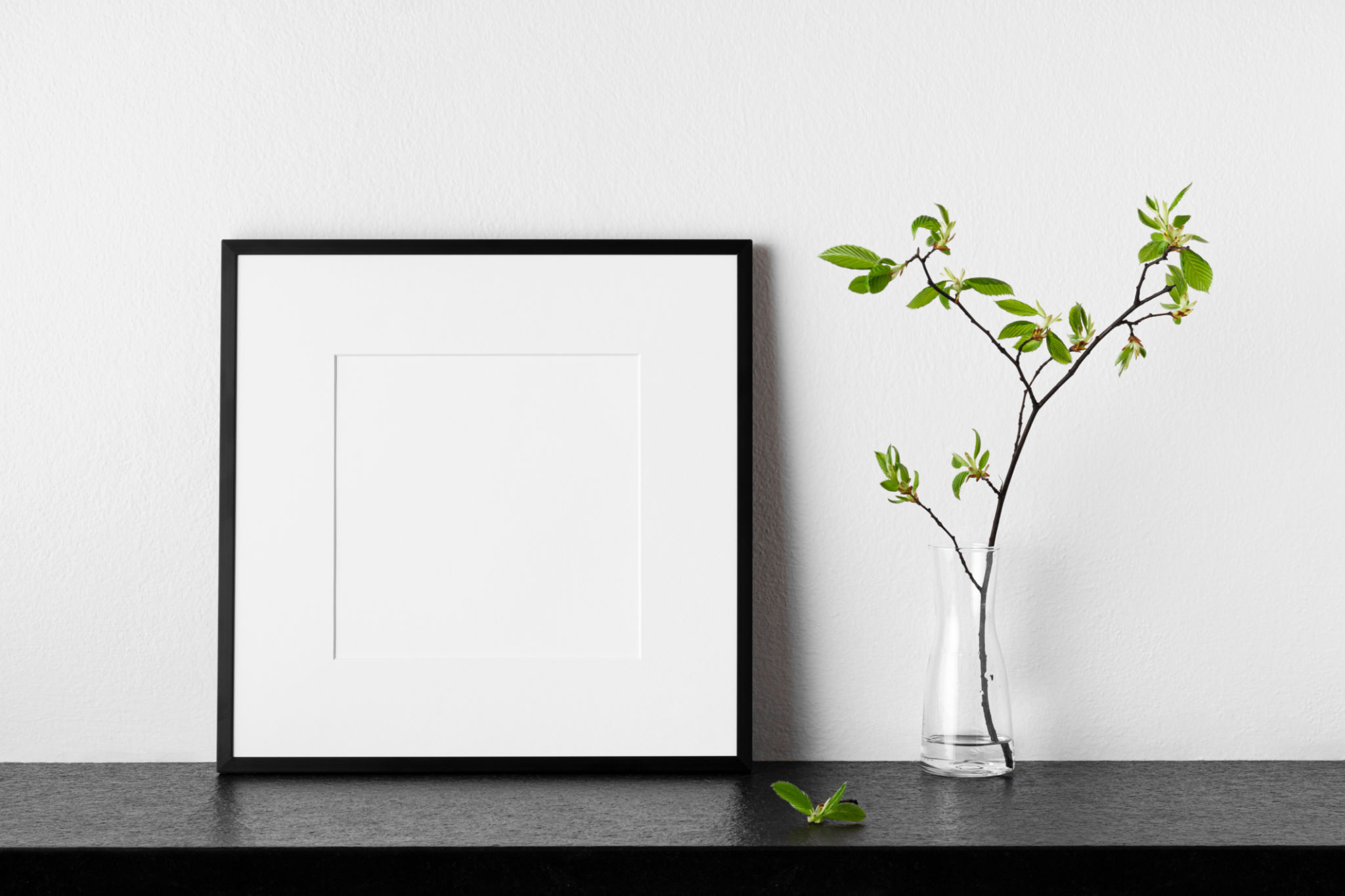Canvas Framing Techniques for Different Art Styles
Understanding Canvas Framing
Canvas framing is an art form in itself, enhancing the visual appeal of artwork. Choosing the right frame can significantly impact the presentation and preservation of the art. There are various framing techniques suited for different art styles, each offering unique benefits and aesthetics. Understanding these techniques is essential for artists, collectors, and anyone interested in art display.
When framing canvas artwork, it's important to match the frame with the style and mood of the painting. The right frame can accentuate the colors, themes, and overall ambiance of the piece, creating a cohesive look. Whether you're framing a modern abstract piece or a classic oil painting, selecting the correct framing technique is crucial.

Traditional Framing Techniques
Traditional framing techniques are often used for classical and landscape paintings. These frames are typically ornate and made from wood or gilded materials. They provide a sense of elegance and timelessness, which complements the traditional art styles.
When using traditional frames, it's important to consider the color palette of the artwork. A frame that echoes the tones in the painting can create a harmonious effect. Additionally, traditional frames often have a mat that provides separation between the artwork and the glass, preventing moisture damage.
Floating Frames for a Modern Touch
Floating frames are popular for modern art styles. They create an illusion that the artwork is "floating" within the frame, providing a contemporary and minimalist look. This technique is especially effective for abstract and modern art pieces that benefit from a sleek presentation.
Floating frames often use simple materials and designs to avoid overshadowing the art. They are perfect for showcasing edge-to-edge canvases, allowing the full view of the artwork's details. Available in various colors and finishes, floating frames can be customized to suit individual preferences.

Gallery Wraps for a Seamless Look
The gallery wrap technique involves stretching the canvas around the edges of a wooden stretcher bar, with no visible frame. This method is widely used in galleries as it provides a clean and modern aesthetic. Gallery wraps are ideal for contemporary pieces that do not require additional embellishment.
This technique allows viewers to focus entirely on the artwork without distractions from a frame. It is also versatile, as gallery wraps can be hung directly on walls or placed in shadow boxes for added depth. The absence of a frame makes this technique suitable for any decor style.

Emphasizing Depth with Shadow Boxes
Shadow boxes are another innovative technique that adds depth to canvas artworks. These frames have a recessed space between the canvas and the glass, creating a three-dimensional effect. Shadow boxes are particularly effective for textured pieces or mixed media artworks.
This framing method allows more intricate works to breathe within their display, offering protection while maintaining visibility of all details. Shadow boxes often come with adjustable spacers, enabling customization to suit different canvas thicknesses and styles.
Choosing the Right Frame for Your Art
When selecting a frame, consider the style of your artwork and how you want it to be perceived. A well-chosen frame can enhance the viewing experience and protect your piece from environmental factors. Whether you opt for a traditional frame, a floating frame, or a gallery wrap, ensure it complements your artwork.
Ultimately, the right canvas framing technique will highlight your art's beauty and ensure its longevity. Explore different options and consult with framing experts if needed to find the perfect match for your artistic expression.
